|
Facade
Relate the character of the new building fašade to the fašades of similar, good quality buildings in the surrounding neighborhood or region. Horizontal buildings can be made to relate to more vertical adjacent structures by breaking the fašade into smaller components that individually appear more vertical. Avoid strongly horizontal or vertical fašade expression unless compatible with the character of the majority of the structures in the immediate area.
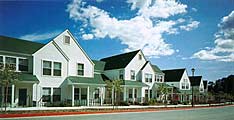 | 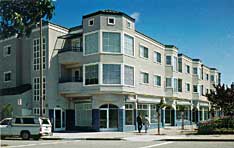 |
The fašade of this California multi-unit development has been broken down into a number of elements, making what is actually one large building look like a series of single-family homes, the common residential type in the area.
(The Farm)
|
Bay windows and a rounded corner break up - and add vertical elements to - what is otherwise a long horizontal fašade in this Berkeley, California project.
(Lorin Station)
|
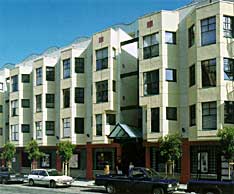 | 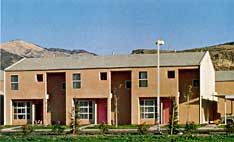 |
Bay windows provide strong vertical elements to this long horizontal building and conform to the basic style found in the neighborhood surrounding this San Francisco apartment building.
(555 Ellis Street)
|
Deep recesses help control heat gain in this Ventura, California farm-worker housing, and break down the large, barn-like form into unit-sized elements.
(Rancho Sespe Farmworker Housing)
|
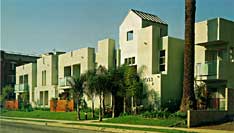 | 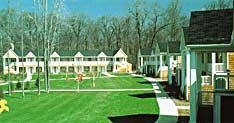 |
Although this is a single, connected building the recesses in the fašade make it look like a row of townhouses.
(Yorkshire Terrace))
|
Gable projections supported on columns identify the entries to individual units and help break down a long, horizontal fašade into what almost appears as a series of individual townhouses.
(West HELP)
|
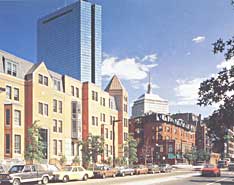 | 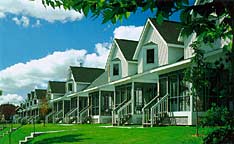 |
A series of vertical bays, a mansard roof with dormers, and a corner tower help relate the fašade of this Boston building to that of its neighbor across the street.
(Tent City))
|
Although this is one long townhouse building, the facades make it look like a series of single-family homes, the predominant housing type in the neighborhood surrounding this Minneapolis project.
(Harriet Square)
|
|
|







